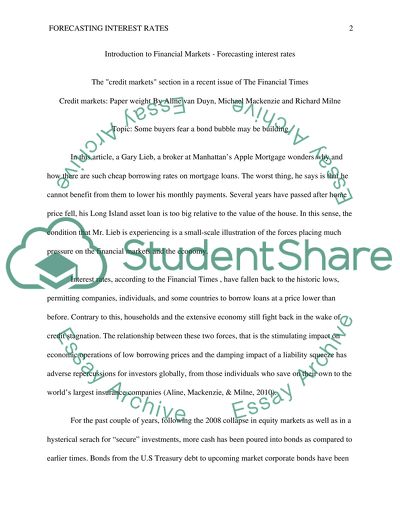Cite this document
(“Introduction to Financial Markets - Forecasting interest rates Essay”, n.d.)
Retrieved from https://studentshare.org/finance-accounting/1494248-introduction-to-financial-markets-forecasting
Retrieved from https://studentshare.org/finance-accounting/1494248-introduction-to-financial-markets-forecasting
(Introduction to Financial Markets - Forecasting Interest Rates Essay)
https://studentshare.org/finance-accounting/1494248-introduction-to-financial-markets-forecasting.
https://studentshare.org/finance-accounting/1494248-introduction-to-financial-markets-forecasting.
“Introduction to Financial Markets - Forecasting Interest Rates Essay”, n.d. https://studentshare.org/finance-accounting/1494248-introduction-to-financial-markets-forecasting.


